Colonel Sir Archibald David Stirling, always known as David, was born in Keir House near Doune on November 15, 1915. His father was Brigadier-General Archie Stirling, veteran of the Boer War and World War I, and commander of the 2nd Lovat Scouts, which was an elite ‘sharpshooter’ sniper regiment recruited in the Highlands. David’s mother was Margaret Fraser, fourth daughter of Lord Lovat, and his cousin was the famed Lord Shimi Lovat who was the leader of the commandos who helped to capture Pegasus Bridge on D-Day.
Stirling’s ambition was to climb Mount Everest, no less, but Adolf Hitler had other ideas. Amidst the growing threat from the Nazis, Stirling, who had been in Ampleforth’s officer training corps, joined the Scots Guards in July 1937 and was immediately commissioned into the regiment’s Supplementary Reserve of Officers which saw him become a lieutenant on the outbreak of war.
In June 1940, he volunteered for the new Commando brigade under Lt-Col Robert Laycock, which later became known as Layforce. Irregulars such as the Commandos were not popular with the old guard of officers and it was disbanded in 1941.
Serving in North Africa, Stirling, who had broken an ankle during parachute training, spent his recuperation time working up an idea to create a raiding force that would parachute deep into enemy territory, carry out reconnaissance and destroy aircraft and airfields in particular. He went on crutches to try and see the commander-in-chief of the British forces in Egypt, General Claude Auchinleck, but had to settle for a meeting with the deputy commander, General Neil Ritchie, formerly of the Black Watch. As he outlined his plan for special operations behind enemy lines, Ritchie grasped the concept immediately and took the plan to Auchinleck. At that point, the British Army was involved in a grand deception, trying to convince German leader Field Marshal Erwin Rommel that there was a full parachute brigade in Egypt, so in line with that deception, Stirling’s unit was called L Detachment, Special Air Service Brigade. The SAS name was thus born out of a con. The first raid mounted by the SAS was something of a disaster with only 22 of the 66 participants making it home alive from the mission to support ground troops near Tobruk. Stirling, now a Major, was forced to have a re-think and hooked up with the Long Range Desert Group (LRDG) which had rescued them after the first mission. Many people think of the LRDG as the forerunner of the SAS, but it was in fact an entirely separate raiding and reconnaissance force.
Stirling had recruited Irish and British and Irish Lions rugby internationalist Robert Blair Mayne, always known as Paddy, and it was he who joined with Stirling in pioneering their tactics for raiding enemy airfields which basically involved driving up and down the lines of enemy aircraft and destroying them with machine gun fire, hand grenades and special ‘sticky’ bombs. In one raid alone, that on the Sidi Haneish landing strip in July, 1942, the SAS destroyed 37 aircraft for the loss of just one man.
In the space of 15 months, the Luftwaffe and the Italian Regia Aeronautica suffered the loss of more than 250 aircraft and dozens of supply dumps.
In January 1943, Stirling was captured and though he managed to escape and be recaptured four times he was eventually sent to the maximum security prison at Colditz where he spent the rest of the war. Meanwhile Mayne took command of the SAS and continued the regiment’s extraordinary work especially operating alongside the French Resistance before and after D-Day.
After the war, Stirling moved to Rhodesia and founded the Capricorn Africa Society to promote a non-racial Africa. But he also set up private security companies in the Middle East and was reported to have been involved in a plot to topple Libya’s dictator Colonel Muammar Ghaddafi.
Stirling died on November 4, 1990, at the age of 74. He was buried in Beoraid Cemetery after his funeral service at the nearby Our Lady of Perpetual Succour and St Cumin’s RC church at Morar. The striking monument to Stirling stands on the A820 on the north side of the road between the A9 and Doune. The memorial shows him looking towards the hills of Perthshire and it is well sign posted with a small car park.
https://www.thenational.scot/news/18837232.back-day-sas–founder-quite-mad-david-stirling/
